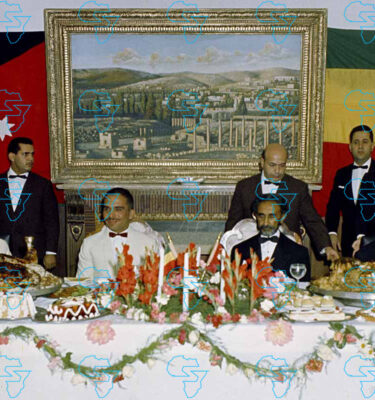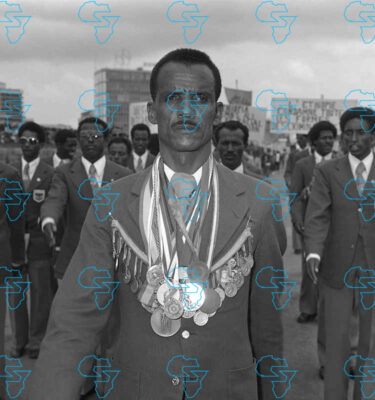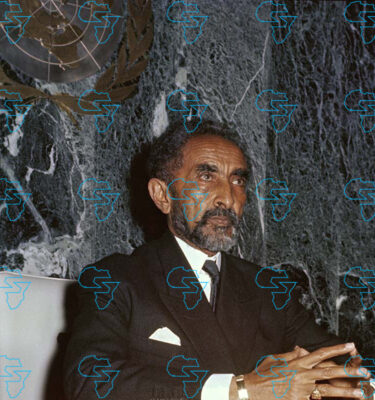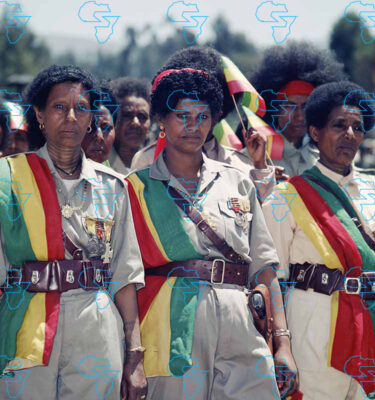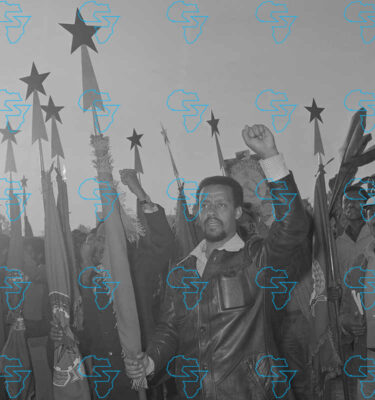
Dr. Mekonnen Birru ([email protected])
Eskinder Nega, a name synonymous with the struggle for democracy and freedom in Ethiopia, is a man of undeniable courage, but also one of stark contradictions. Known for his unwavering advocacy for press freedom, human rights, and democracy, Nega has been imprisoned, silenced, and tortured by an Ethiopian regime that feared his voice. His path is one that symbolizes both the triumph of hope and the complexity of political struggle in Ethiopia.
For years, Eskinder Nega has been an emblematic figure in Ethiopia’s fight for political freedom. His critical journalism has earned him the admiration of human rights organizations worldwide, such as Amnesty International, which designated him a “prisoner of conscience.” His writing in opposition to the government’s use of antiterrorism law to target journalists and political dissidents has led to his repeated arrests. Yet, despite the persecution he faced, Nega’s resolve has remained unwavering. In 2012, PEN America awarded him the prestigious Freedom to Write award, acknowledging his dedication to the cause of liberty.
From his early days as a journalist, Nega has been uncompromising in his call for political reform and accountability. He once famously reminded the world of the universal value of freedom, likening the struggle in Ethiopia to that of the Chinese people, who too had yet to taste the fruits of liberty. For those who were silenced, Nega’s voice stood out—a beacon for those who believed in the principles of democracy and human rights.
However, as much as Nega has fought for the democratic ideal, his political maneuvering in recent years has taken a more divisive turn, leading to both admiration and criticism. In his bid to engage the Ethiopian government in meaningful dialogue, many have accused him of compromising the very principles he once stood for. The recent division within the Fano movement, a significant force in Ethiopia’s opposition to the government, has become a point of contention. Critics argue that Eskinder Nega, through his leadership and strategic decisions, has stoked divisions within this movement, which had long united the marginalized and oppressed groups in Ethiopia.
While Nega’s early years were marked by his activism against the government, his recent alignment with certain factions of the ruling party has caused rifts within the opposition. Some view this as a pragmatic move, a necessary step toward peaceful reconciliation in a country torn by ethnic strife, political corruption, and decades of authoritarian rule. Others, however, see it as a betrayal of the very principles of freedom and democracy for which Nega has long fought. By engaging in talks with the Ethiopian government, and in some instances justifying the government’s actions, he risks alienating the very communities that once viewed him as their hero. The accusation of “destroying anyone from within” has become a harsh critique in the face of his political pragmatism, with some accusing him of weakening the opposition’s strength by causing internal strife.
Nega’s recent actions represent the classic struggle between idealism and realpolitik—between holding fast to uncompromising principles and making strategic concessions for the greater good. On one hand, he remains a tireless advocate for the oppressed, striving for the day when Ethiopia will embrace true democracy. On the other hand, his critics argue that by opening doors to a government that has long been at odds with the people’s demands, he risks fracturing the unity of the opposition and enabling the very system he once fought against.
In an era where Ethiopia stands at a crossroads, torn between the old and the new, between oppression and freedom, Eskinder Nega remains a polarizing figure. His contributions to the struggle for freedom and democracy cannot be denied, but his recent actions raise questions about whether the path toward reconciliation requires the compromise of ideals. For Nega, the fight for freedom may not always be a linear one. But for Ethiopia, his story is a stark reminder of the complexities of political engagement, and the high stakes of navigating a society in transition.
As the country continues to evolve, Eskinder Nega’s two faces—one of the unflinching freedom fighter and one of the pragmatic political strategist—will be forever intertwined in the narrative of Ethiopia’s political future. Whether he will ultimately be remembered as a hero who fought for the ideals of democracy, or a leader whose compromises fractured the dream of freedom, is still to be determined. What remains certain is that Nega’s story, with all its complexities and contradictions, will continue to define the struggle for justice in Ethiopia for years to come.
Abbah, the man of God
This generation was a national generation, but we had to tell us.
The head of a velar of your crowning of your crop! pic.twitter.com/0mdU8x9iC0
– SAMI-Amhara-Samari-Audia (@ Samiobi1) January 25, 2025
Just a Struggle Alexander Nega Nega, the Struggle Leaving Forests My regular prayers pic.twitter.com/59XT764m2h
— Amen (@birhanietg) January 24, 2025
.
.
.
#Eskinder #Nega #Portrait #Faces #Freedom #Fighter #Divider
Source link



